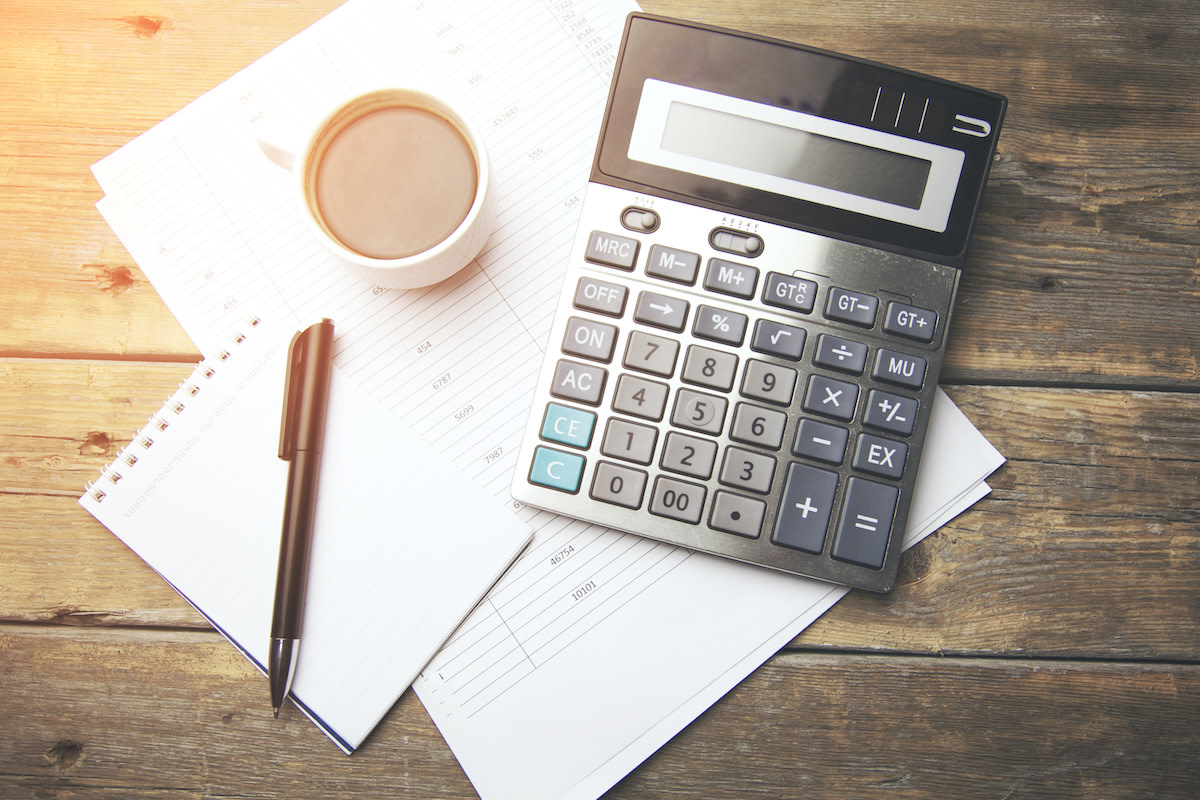Learn About Real Interest: Definition of Real Interest in Economics
Written by MasterClass
Last updated: Aug 26, 2021 • 3 min read
When you invest money in an interest-bearing account, you receive money in the form of interest payments. However, there are different ways of measuring those interest payments, and many savvy investors specifically want to know about an account’s real interest rate.
Learn From the Best
What Is Real Interest Rate?
The real interest rate is the rate of interest paid to an investor, minus inflation. Natural inflation in the economy will affect all interest-bearing accounts. Let’s say, for instance, that you invest your money in a savings account that promises a 5% rate of return. But let’s also say that the inflation rate is 3%. This means that the real interest rate of the account is actually 2%, not 5%.
What’s the Difference Between Nominal Interest Rates and Real Interest Rates?
A nominal interest rate does not take inflation into account. Thus in the scenario above, the nominal interest rate is 5%. This means that if you placed $100 into a savings account, you would receive $5 in annual interest. Two of those dollars could be traced to the real interest rate of the account, and the remaining three dollars could be accounted for by inflation. Learn more about nominal interest rates here.
What Is The Formula for Real Interest Rates?
The difference between real and nominal interest rates can be represented using the Fisher Equation:
- It begins as: i ≈ r + π, where i is the nominal interest rate, r is the real interest rate, and π is the rate of inflation.
- Economists manipulate this equation to read: 1+i = (1+r)(1+π)
It requires a multi-step mathematical process to derive one of these equations from the other, but both undoubtedly represent the relationship between a real interest rate, a nominal interest rate, and the rate of inflation.
When predicting future economic growth, economists will often replace the rate of inflation with the expected rate of inflation (represented with the subscript e). The inflation expectations of economists and bankers are not always accurate, and so there is always some risk in assuming a future rate of inflation.
This leads to the Fisher Effect, which consists of two assertions:
- 1. An increase in expected inflation will drive up the nominal interest rate.
- 2. Accounting for such inflation leaves the expected real interest rate unchanged.
What is the Significance of Real Interest Rates in Economics?
The real interest rate is foundational to many economic theories—explaining everything from economic bubbles to capital flight. Based on troves of data, economists theorize that:
- A high real rate of interest results in more saving and decreased consumption. Physical investment may fall, which itself depresses a nation’s gross domestic product.
- A low real rate of interest results in more borrowing and lending, and from there more consumption. Borrowers are given access to what is sometimes called “cheap money” and they’re able to finance many purchases by borrowing at such low rates. Whether that means a business purchasing more equipment or individuals purchasing houses and cars, it triggers an overall increase in physical investment.
How Do Investors Use Real Interest Rate?
Professional investors, who make decisions based on purchasing power, seek out real interest rates before parking their money in a particular fund. For instance, a popular “safe” investment strategy is purchasing government bonds. Their real yield and real return is usually low when compared to the stock market. However, they’re almost always guaranteed to appreciate in value, because they grow with the rate of inflation. In real terms, however, most government bonds have much higher nominal rates than real rates; they grow in value because of inflation.
Bond investors who seek higher real rates may gravitate toward Treasury Inflation Protected Securities, which are inflation-indexed bonds issued by the U.S. Treasury. These bonds are transparent about their real interest rates: the bond yield is specified as a rate in excess of inflation.
Want to learn more about economics? See Paul Krugman Teaches Economics and Society here.
